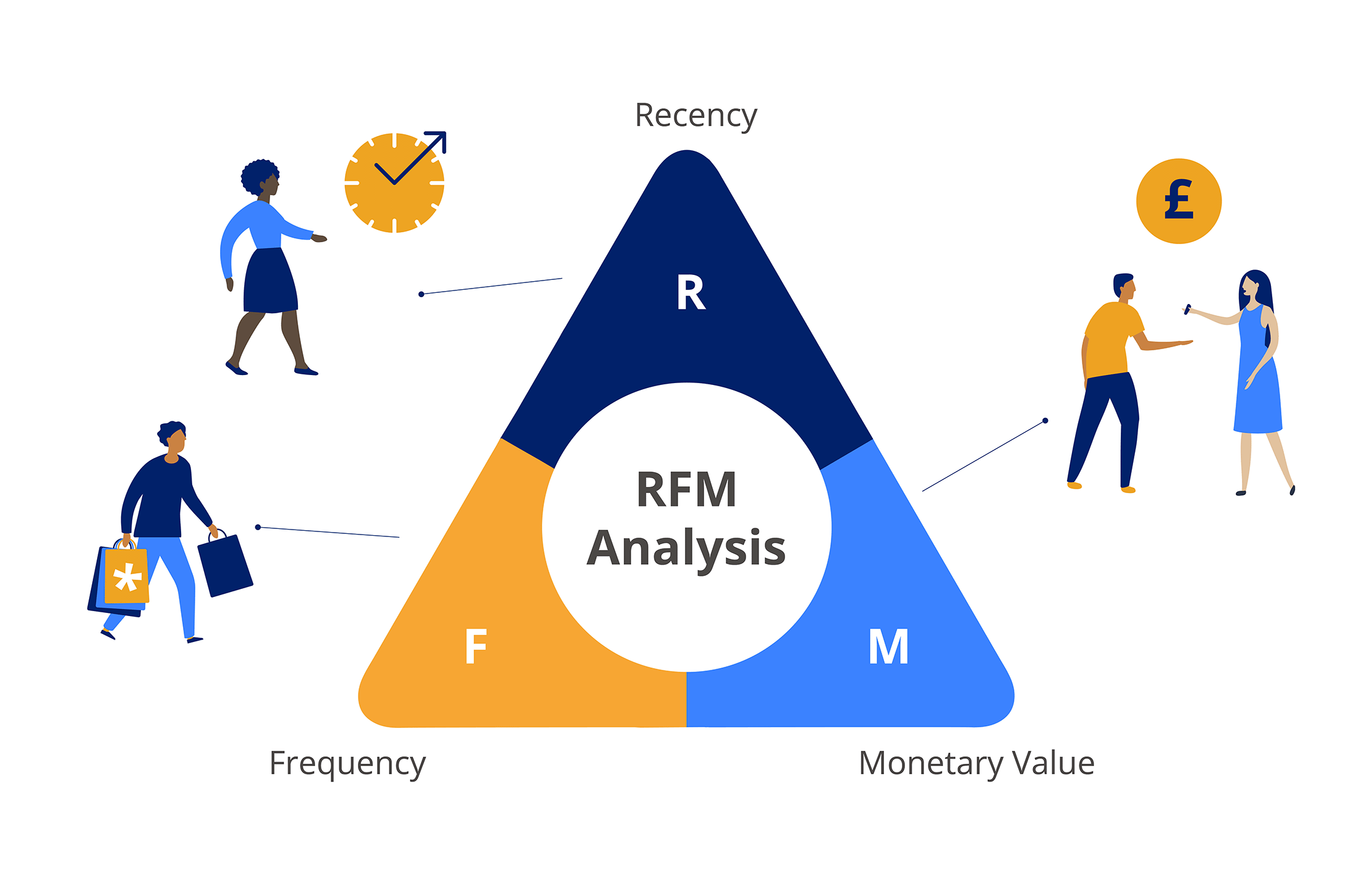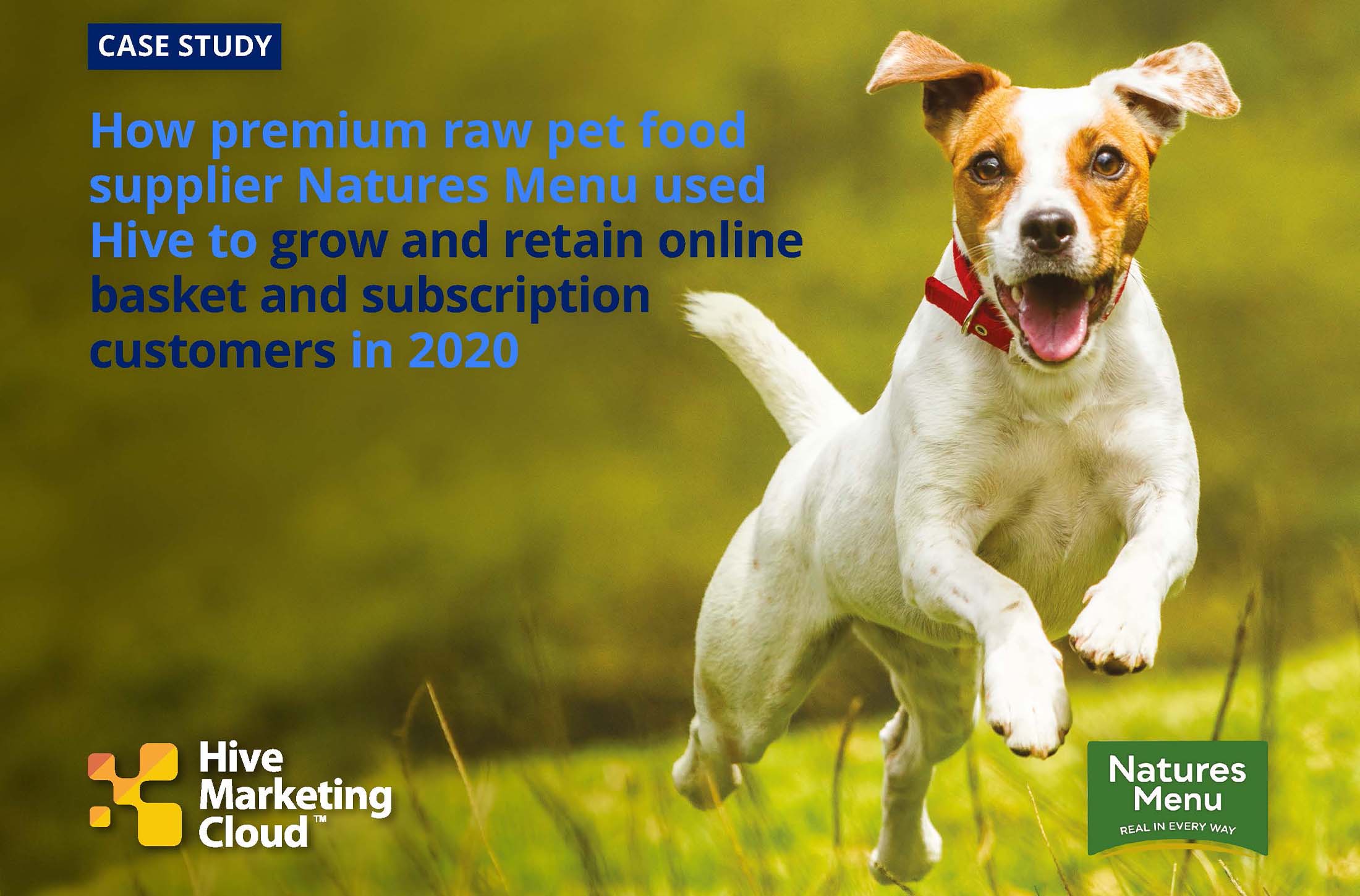Customer Promotions and Offers: Stop the "Spray and Pray" Approach
Are your customer offers and promotions truly beneficial? Are some offers disengaging your audience? Do you question whether your customer base feels understood and valued? In this article, we answer these questions to help you avoid alienating your customers with irrelevant offers and promotions.

Go beyond surface-level data
Marketers know ‘enough’ from clicks, opens and aggregated purchase data to infer that offers sent to email lists often result in an uplift in revenue. But how much do they know about the impact at a customer segment level? Can they really know which segments offers work with whom, or if in some situations they are even harming your brand? The hallelujah moments seem short-lived before exponential confusion creeps in.
A little knowledge can be a dangerous thing. Make informed decisions, protect your margins, and boost customer experience and revenues over the long term by applying the right customer offer, to the right customer, at the right time.
Are All Customer Offers Beneficial?
The short answer to this question is no. Whilst some offers may be appealing to a large group of customers, there will always be segments that won’t find them suitable or relevant. This is where the “spray and pray” approach falls short. By sending generic offers to a broad audience, you risk alienating all but the most ‘average’ of customers. For example, sending an offer for a snowboarding trip to customers interested in winter breaks might seem like a good idea at first glance. However, not all winter break enthusiasts are into skiing or snowboarding; some might prefer a cosy cabin lodge retreat. In this case, the adrenaline-filled winter holiday offer won’t resonate with them, and they may even feel disconnected from your brand.
By embracing customer segmentation and crafting targeted offers, you can ensure that your promotions cater to the specific needs and preferences of each customer group, ultimately leading to a more positive response and higher engagement.
Does Your Customer Base Feel That You Understand Their Needs?
One key factor in maintaining strong customer relationships and driving brand loyalty is ensuring that your customer base feels understood and valued. When you rely on the “spray and pray” approach and send generic offers to generic segment (or even your entire customer base), you risk alienating customers who feel that their needs and preferences are being overlooked.
As previously mentioned, a snowboarding trip offer might not resonate with those who prefer a cabin lodge retreat, making them feel disconnected from your brand. This disconnection can lead to a drop in engagement and missed opportunities for increasing customer retention. Your customers may begin to look elsewhere.
By focusing on customer segmentation and tailoring your offers to the specific interests of each group, you demonstrate that you understand and value their unique needs. This personalised approach not only encourages stronger customer connections but also helps to drive long-term loyalty and retention.
Key Questions to Ask Yourself
When evaluating your customer offers and promotional strategies, it’s essential to ask yourself the following key questions:
- How many customers have reached out after receiving a discount code for a product they have just purchased? And, how many others might have been negatively impacted, but never bothered to communicate their dissatisfaction?
- How many customers would have made a purchase if the offer had been better tailored to their needs, rather than being a generic one?
- Are your offers too much of a stretch for low-value customers, with minimum spend amounts set too high?
- Conversely, are your offers too inconsequential for high-value customers, providing little incentive for large purchases?
- What if your offers are sent to customers at a time when they are not ready to make their purchase; for example, they always book their family holiday in February, but you are sending offers in December?
- Are you disproportionately rewarding infrequent, low-value customers while neglecting your loyal, high-value customers?
- Do you avoid offering discounts altogether to prevent upsetting loyal customers, but miss out on opportunities to cement relationships with newer customers?
- Can you identify key product sales that might indicate a customer is ready to make more purchases?
- Are you monitoring customers’ recent purchase activity and incentivising them to continue shopping with you, especially during times of increased buying, like after moving into a new home?
- Are you targeting low-value buyers with high-priced items, or vice versa?
By reflecting on these questions, you can fine-tune your promotional strategies to best meet your customers’ needs and create strong connections that drive long-term loyalty.
Enter RFM analysis
RFM analysis is an analytical technique that gives a dynamic score to a customer based on the Recency, Frequency, and Monetary Value of their purchases. This score is used to assign each customer into a cohort of like-styled, or like-behaving, customers – these segments allow Marketers to target customers with content that is much more relevant to them and importantly, their buying habits.
Applying scores based on buying behaviour in this way gives Marketers the opportunity to create content and offers that have a much higher propensity to work, engage and move customers from hibernating or infrequent purchasers through to loyal VIPs – all while driving up the customer experience!
To learn more about how Recency Frequency and Monetary Value (RFM) Analysis can help you, Download the eBook now.













